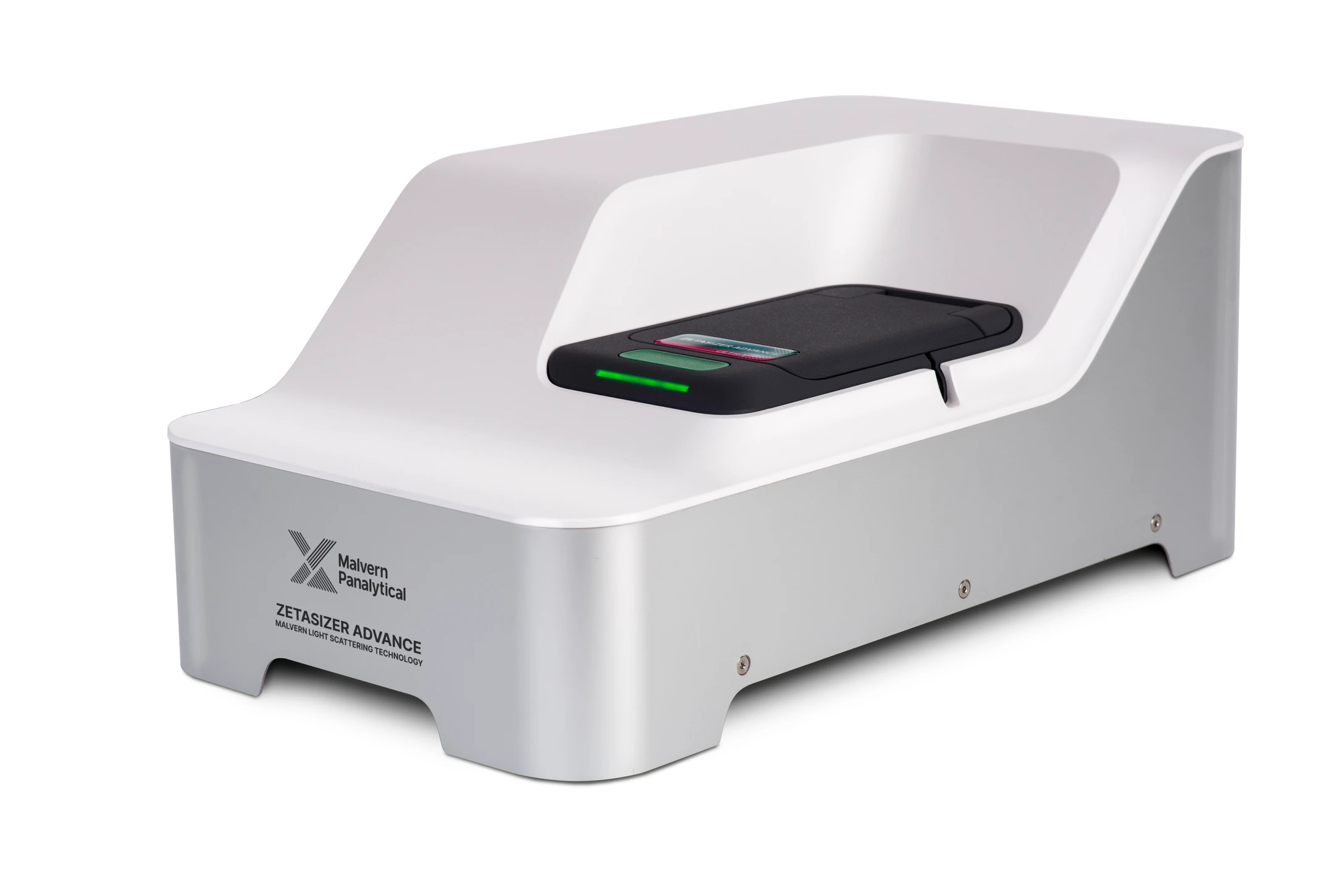 Zetasizer measurements of nanoparticle size distribution, dispersion properties, stability and propensity to aggregate are crucial to the design of new nanomaterials. The very large surface area of such materials may result in novel physical and chemical properties, such as increased catalytic activity, improved solubility or unexpected optical or toxicological behavior. In the pharmaceutical field, the correct particle size and zeta potential can help ensure the production of effective therapeutics, delivered safely. Zetasizer systems are used to characterize the stability and quality of dispersions, emulsions and creams, reducing formulation time and speeding new products to market.
Zetasizer measurements of nanoparticle size distribution, dispersion properties, stability and propensity to aggregate are crucial to the design of new nanomaterials. The very large surface area of such materials may result in novel physical and chemical properties, such as increased catalytic activity, improved solubility or unexpected optical or toxicological behavior. In the pharmaceutical field, the correct particle size and zeta potential can help ensure the production of effective therapeutics, delivered safely. Zetasizer systems are used to characterize the stability and quality of dispersions, emulsions and creams, reducing formulation time and speeding new products to market.
Improved Pharma has a Malvern Zetasizer Ultra Red Label instrument. This model is a combined Dynamic Light Scattering (DLS) and Electrophoretic Light Scattering (ELS) instrument that measures particle/molecule size, concentration, and zeta potential by utilizing Non-Invasive Back Scatter (NIBS) and Multi-Angle Dynamic Light Scattering (MADLS). NIBS provides the versatility and sensitivity to measure over a wide concentration range, while MADLS permits a higher resolution view into the sample’s size distribution for those critical measurements.
A typical DLS system has six main components. First, a laser is used to provide a light source to illuminate the sample particles within a cell. Most of the laser beam passes straight through the sample, but some is scattered by the particles within the sample. A detector is used to measure the intensity of the scattered light. The scattering intensity signal for the detector is passed to a digital signal processing board called a correlator. The correlator compares the scattering intensity at successive time intervals to derive the rate at which the intensity is varying. This correlator information is then processed by the Zetasizer software to derive the size information.
